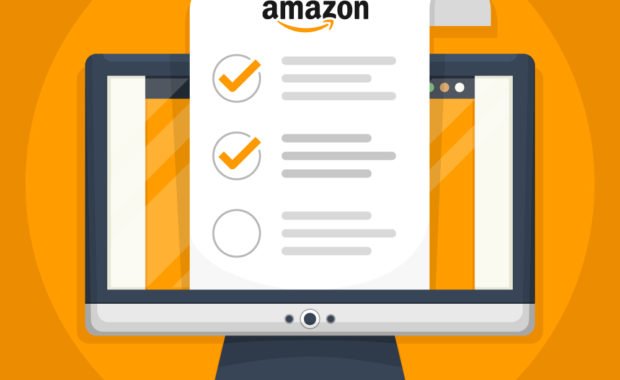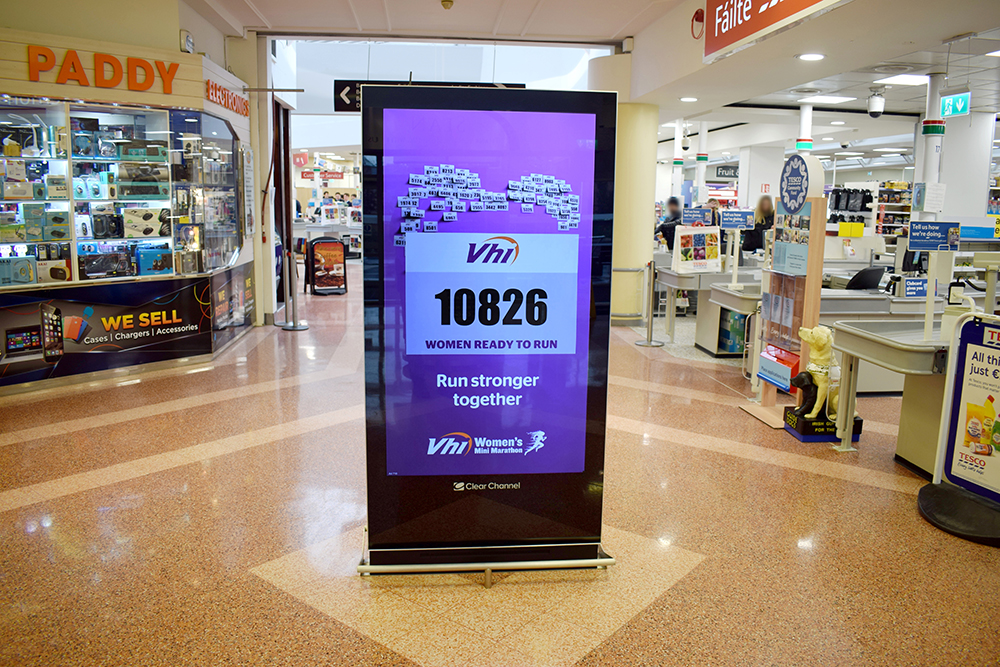Auctioning is a popular way of selling and purchasing various items. But, what are the differences between online and offline auctions?
In the past, all auctions were conducted offline. The development of the internet has led to the rise of online auctioning platforms.
Companies that provide auctioning services have embraced modern methods while still keeping the traditional live auctions. To get an overview of the services provided by such companies, visit equifyauctions.com
Curation:
In offline auctions, experts examine and curate the items to be auctioned carefully. Customers can also inspect the items and even test them (if applicable) before the bidding process begins. This assists them in making informed decisions about the items placed for auction.
On the other hand, it is rarely possible to test an item on online auctioning platforms. Online auctions are also accessible to global audiences, whereas offline auctions are only available to locals and people living nearby.
Bidding:
To bid in offline auctions, you must be physically present. Conversely, online auctions only require internet access. This means that you can bid from anywhere provided you have access to the internet.
In this regard, online auctions have the upper hand over offline auctions because of the wide variety of items available. For instance, you can bid for a car in Britain while living in the US.
Bidding online has an advantage in that prices may be cheap if you are first to the auction. On the contrary, it can also be expensive to acquire a product when the bidders are several, given that many people find bidding over the internet to be convenient.
Payment:
In live auctions, payments are mostly made in cash. Since the buyer is likely to meet the seller one-on-one and you pay for what you see, issues regarding payments are very rare.
In online auctions, there are no guarantees overpayments. Issues arising from faulty items, and in severe cases, non-delivery, are likely to occur. However, there are some platforms with a credibility that use secure payment platforms. Such platforms also compensate you if the bought items do not meet the desired standard.
Trustworthiness:
Offline auctions are renowned for their utmost trust. Online auctions, on the other hand, have some work to do on this front. As mentioned above, the trust issues originate from payment and delivery.
Conclusion:
Online platforms have been cited by many as the future of auction. This could be the case, mainly because they are convenient and give you a broader audience. However, there are several challenges that need addressing. These include:
- People will always have reservations about risking their money. This means that online auctions have to implement methods of safeguarding client funds.
- There is a need for creating a means of verifying the existence of an item, clients should also be able to inspect the condition of the item before committing their funds.
- That being said, you should thoroughly research a reputable auction house before buying or selling an item.
Read Also:






















